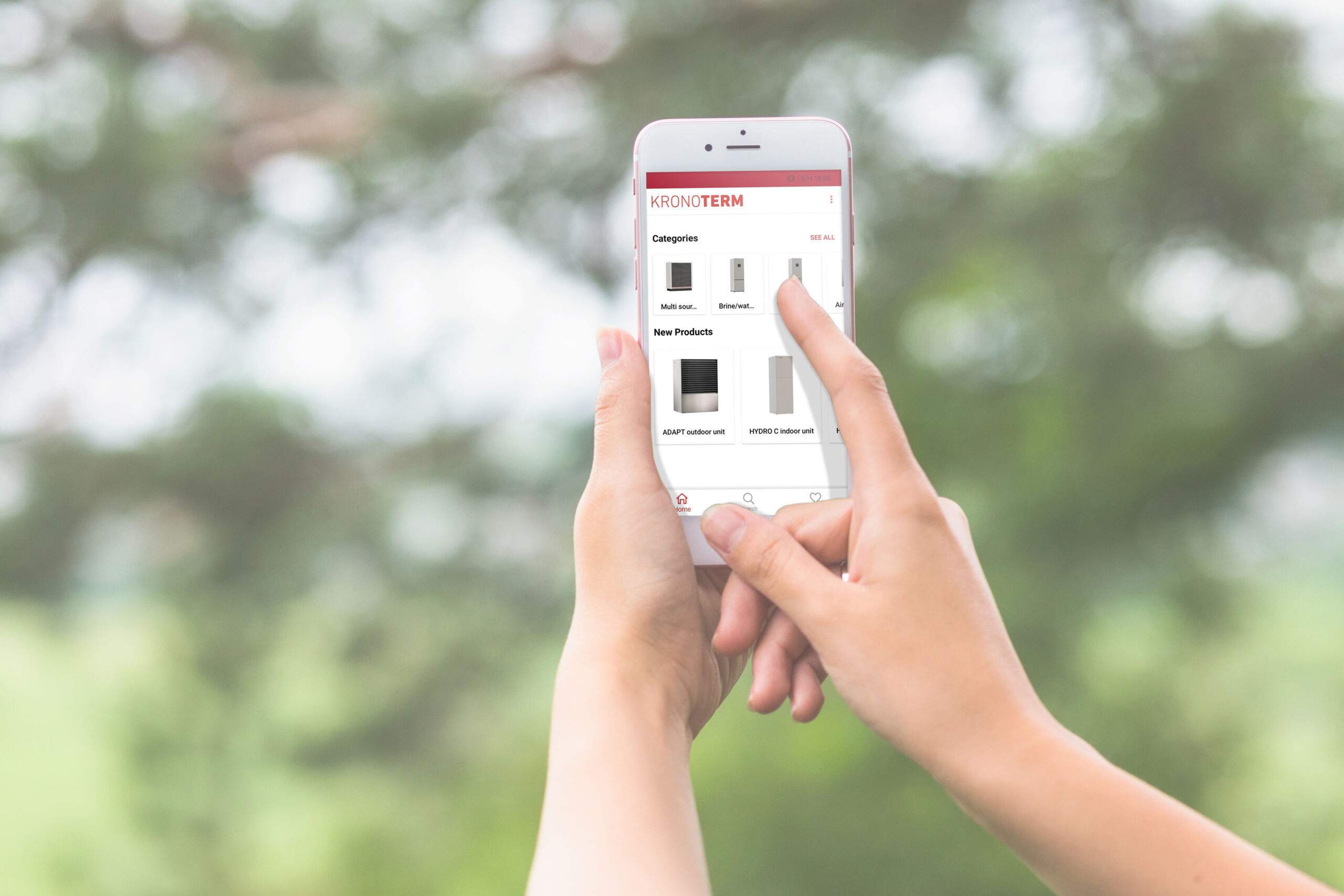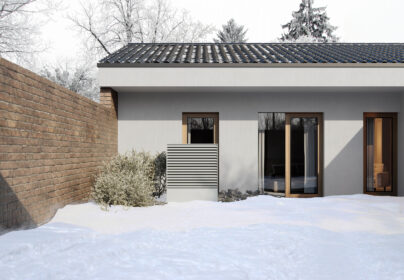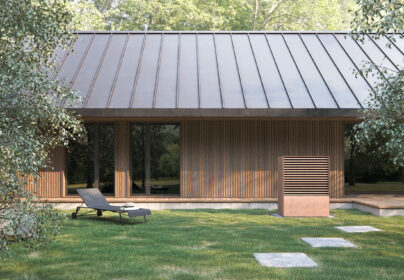Today, there are several types of heat pumps that differ in shape, their ability to reach desired temperatures of heating and/or sanitary water at low outside temperatures, and, above all, in efficiency. Broadly speaking and based on their purpose, they are categorized into heating and sanitary heat pumps.
Heating Heat Pumps
Types of heating heat pumps differ based on the heat source. Air/water heat pumps, which are the most cost-effective, enable heating even at -25 °C. Water/water heat pumps operate using the heat from groundwater, requiring two wells to be drilled—one for pumping (inserting a submerged pump) and the other for returning groundwater. Groundwater, due to its relatively high temperature, is an ideal heat source, providing high coefficient of performance and being the most energy-efficient (averaged throughout the year). Thirdly, there are ground/water heat pumps that utilize the thermal energy from the ground, and this energy depends on the composition of the soil, the power of the heat pump, and the method of exploitation. The last option for heating heat pumps is hybrid heat pumps, combining the properties of two heat sources: ground and air. Heating heat pumps are further distinguished based on the temperature range of the flow. Thus, heat pumps can operate in a high-temperature mode, allowing a flow temperature of 65°C and sanitary water temperatures of up to 65°C. This is more suitable for radiator heating and older buildings. The legionella prevention program, requiring 60-65°C, is built-in serially in certain heat pumps (e.g., Adapt); those without it can achieve it with an additional electric heater. In a low-temperature mode, heat pumps achieve a flow temperature of up to 55°C, being a perfect solution for buildings with underfloor, wall, or ceiling heating or low-temperature radiators, allowing heating of sanitary water in an already installed boiler.
Sanitary Heat Pumps
There are several basic types of sanitary heat pumps operating with one heat source – air. The simplest and most economical ones are compact heat pumps, where the unit is attached to the boiler. Air-cooled heat pumps enable space dehumidification and the utilization of waste heat (air intake or air discharge into an adjacent space). They are further distinguished based on power or the required amount of hot water (different boiler volumes).
Convector heaters allow cooling or heating using cold or hot water prepared by the cooling device or heat pump. For cooling, all connecting pipes must be thermally insulated, and each convector must have a condensate drain. They are available in powers ranging from 2 to 10 kW, in various forms allowing for ideal integration into any space.








